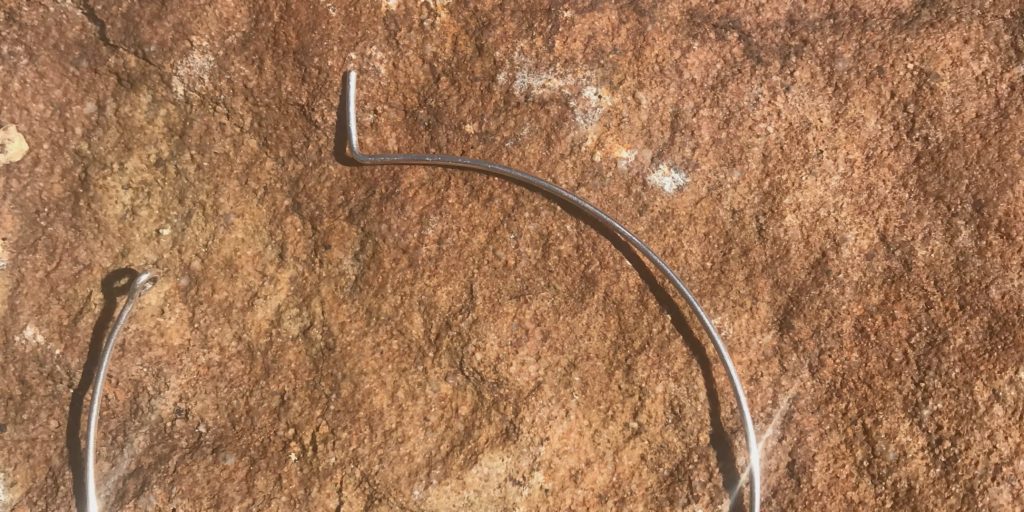Earrings have become a signature look for me. They make a statement without my saying a word. I am particularly fond of large earrings with pops of color, shiny glimmers, sudden movements.
I recently purchased a pair of medium-sized hoops with a small shell dangling from the bottom. And, then I tried putting them on.
Most earrings are post-based; you put the straight end through the front side of the ear lobe and attach the earring back from behind to hold it in place. In others, there is a clasp that unites to keep the earring from slipping back out of the ear. Most are obvious—except for the ones I purchased at a little hippy shop in Ocean City, New Jersey.
They seemed simple enough, attached to the packaging. I got them home and decided to try them on. That’s when the fun stopped. The part of the earring that would normally enter the piercing was pointing toward the ceiling. Hmm. Should I bend it back to have it face my ear lobe? Do I put them on from the back and twist the other part of the earring around in order for the two parts to meet? Neither seemed like a reasonable option. For a moment I considered the fact that I had purchased a bracelet instead of hoop earrings. I tried it around my wrist but thought them too delicate to have been created for that purpose. I concluded that they were made incorrectly and I was going to have to return to that cool little shop and ask for a refund (or at the very least, a tutorial on how to put the darned things in my ears).
I continued to ponder when something came over me. Was it possible there was another way, a way I had not considered? I stared at that delicate earring with the post pointing straight up. And, then it hit me. What if I rotated the earring a quarter turn so that the pointed end was facing my ear? Eureka! I turned. I stuck. I turned it again so the point was now facing up once again, and attached the loop over top to keep the earring secure. The little shell naturally moved to the bottom where it was free to dangle, and all was right with the world.
It may have seemed obvious to someone else, but not to me, I had never considered another way of looking at this problem. Naturally, my thoughts went back to math and the students I’ve been teaching the last few years. The method by which they learn is not focused on the answer as much as the process. They are asked to consider new methods of solving; taught to manipulate, rotate, and come to reasonable conclusions.
One of my students answered a word problem that involved the elapsed time between 7:15 and 8:05. She and I both came to the same conclusion: the elapsed time was 50 minutes. But, we solved the problem in two separate ways. I knew there was 45 minutes between 7:15 and 8:00, and added on 5 more minutes to get 50; she knew there was an hour between 7:15 and 8:15 (60 minutes) and subtracted 10 minutes (to get to 8:05) and got an answer of 50 minutes.
The lesson? There is more than one way to solve a problem—be it for determining elapsed time or getting earrings in one’s ears.

